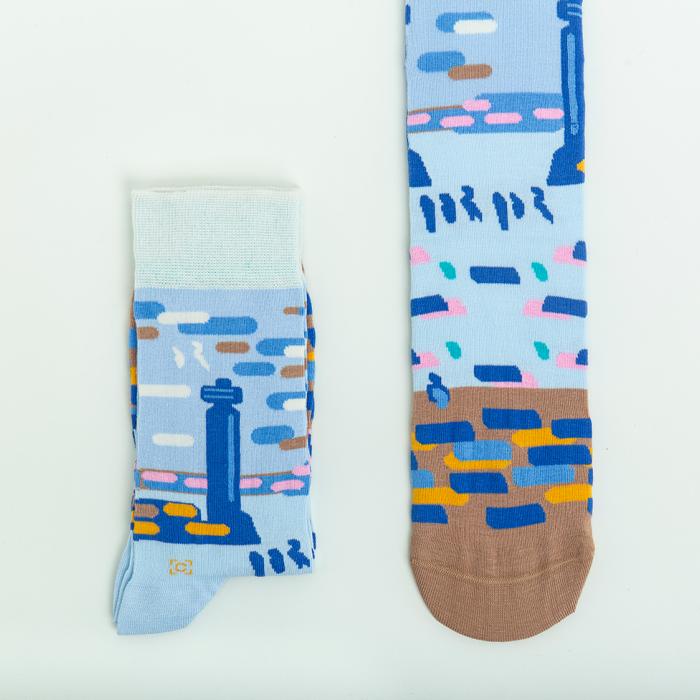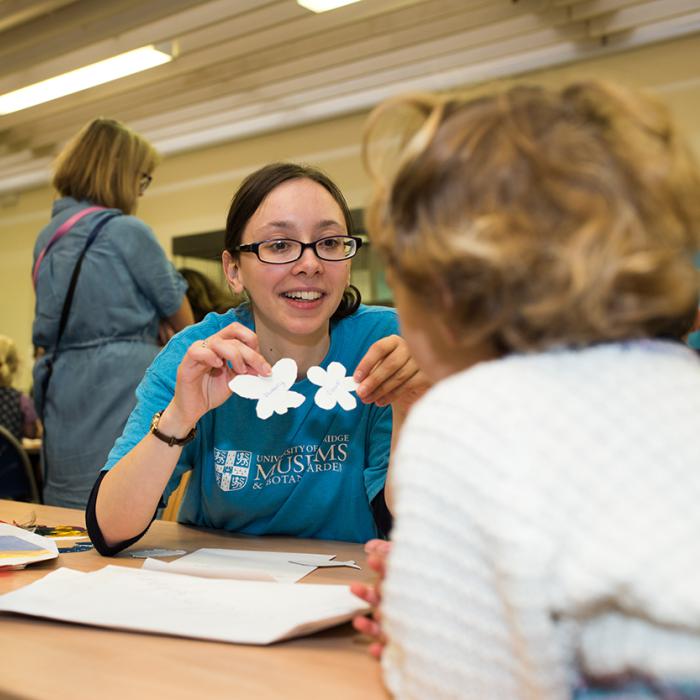Nicholas Romeril is one of the eight artists featured in the Polar Museum's Painting the Poles temporary exhibition.
What is an orrery? Why is the clock chiming 13? Why would you collect and display a set of plaster horses’ teeth, some green spectacles and several hundred pocket calculators?
Join us for a tour of the Whipple’s collection in 10 objects, featuring spectacular instruments, fascinating scientific stories, and links to some of Cambridge’s most famous names.
Meet at the reception point in the Main Gallery.
In this fun and hands-on workshop, participants will create their very own cube-shaped robot named Q-B. Using 3D-printed parts, an LCD screen for the robot’s expressive face, and a powerful yet tiny Raspberry Pi Pico as the brain, students will bring Q-B to life from the ground up.
The Megaprocessor, a 10m-long and 2m high computer, takes pride of place in the foyer of The Centre for Computing History. This machine shows the inner workings of a microprocessor, the ubiquitous chip at the heart of billions of electronic devices. Microprocessors are so small that they're incredibly hard to understand, even though they are vitally important to modern society.
The Megaprocessor, a 10m-long and 2m high computer, takes pride of place in the foyer of The Centre for Computing History. This machine shows the inner workings of a microprocessor, the ubiquitous chip at the heart of billions of electronic devices. Microprocessors are so small that they're incredibly hard to understand, even though they are vitally important to modern society.
Drop in and meet our Museum scientists for help identifying your fossils and rocks, perhaps found over the summer holidays. Learn how to find fossils in everyday gravel, and get hands-on with some of our amazing fossils and rocks.
This event is part of Summer at the Museums 2025.
Meet Dr Alex Liu and Professor Dave Norman from the Department of Earth Sciences, University of Cambridge. Find out what it's like working as a palaeontologist, and get hands-on with fun activities relating to their research. Alex uses fossils and rocks to explore the very earliest animals on Earth, and Dave investigates dinosaurs, including Iguanodon, whose skeleton you'll meet as you enter the Museum. Perhaps you'll be inspired to become a palaeontologist too!
Immerse yourself in the world of Mary Anning: explore real fossils and use these to make your own clay ammonite to take home. Dress up as Mary Anning and her brother Joseph and hear ‘first-hand’ about her life. Find out about her experience as a working-class, woman scientist in the 1800s, and discover how her fossils arrived in our collection.
Dive deeper into the history of Mary Anning by exploring her letters, drawings and other materials in our archives.
Mary Anning will be staying with us until 4.30pm, along with the dress-up activity.
Immerse yourself in the world of Mary Anning: explore real fossils and use these to make your own clay ammonite to take home. Dress up as Mary Anning and her brother Joseph and hear ‘first-hand’ about her life. Find out about her experience as a working-class, woman scientist in the 1800s, and discover how her fossils arrived in our collection.
Dive deeper into the history of Mary Anning by exploring her letters, drawings and other materials in our archives.
Mary Anning will be staying with us until 4.30pm, along with the dress-up activity.
Free, drop-in.
Mr Whipple really loved optics, instruments which use light to help scientists to see things. That means that the Whipple museum is packed with microscopes, telescopes and even spectacles and opera glasses! Come and explore some of our handling instruments, find out how to bend and reflect light and create your own spectacular spectacles.
This event is part of Summer at the Museums 2025.

